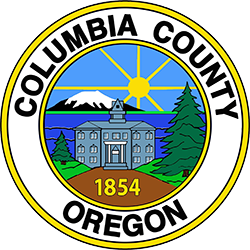Drinking Water
Columbia County's Environmental Health Program administers and enforces drinking water quality standards for public drinking water systems that use groundwater and serve a population of 3,300 or less.
Columbia County's Drinking Water Program is a resource for drinking water system operators and the public when dealing with water quality alerts, public notices, water monitoring and testing, and sanitary hazard analysis.
Types of Water Systems regulated by the county:
- Community Water System - a water system that has 15 or more service connections used by year-round residents, or that regularly serves 25 or more year-round residents up to a population of 3,300.
- Transient Non-Community Water System - a water system that serves a transient population of 25 or more persons.
- Non-Transient Non-Community Water System - a water system that is not a community water system and that regularly serves at least 25 of the same persons for six months per year.
- State Regulated Water System - a water system that serves four to 14 service connections or serves 10 to 24 people. Monitoring requirements for these systems are the same as those for Transient Non-Community water systems.
Columbia County has approximately 50 public drinking water systems that meet these criteria. A sanitary survey of these systems is conducted once every three to five years.
Information on all county Public Water Systems is available through the Oregon Health Authority, including data on coliform testing, chemical testing, contacts, violations, enforcement, public notices, and basic system information.
General Information
Administrator
Monday - Friday
8:30 a.m. to 4:30

